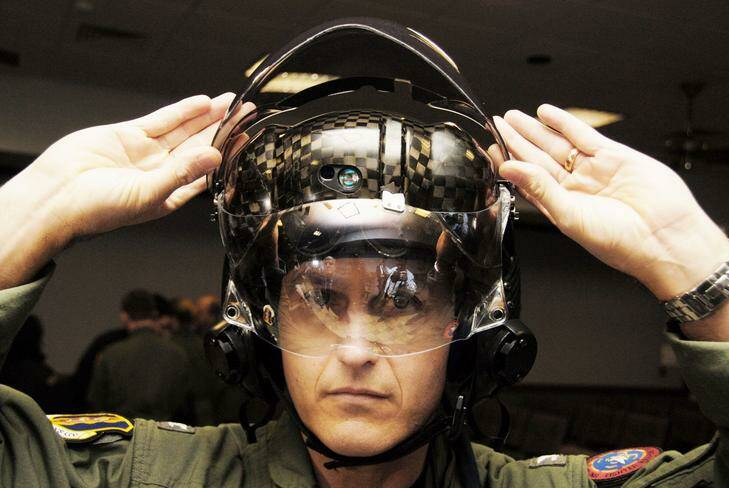Defence Minister Stephen Smith's decision to hold back on the order for Australia's next batch of 58 Joint Strike Fighters will cost taxpayers billions of dollars The Canberra Times has been told.
Subscribe now for unlimited access.
$0/
(min cost $0)
or signup to continue reading
The cost blow-out will be compounded if, as indicated, he pushes back the delivery schedule for 12 of the 14 planes in the first batch.

It is widely feared, both within Defence and industry, the two moves could create the air warfare capability gap the government says it is trying to avoid.
The claims come at the same time a senior JSF program executive has called on the Australian government to ''stay the course'' to keep the production line for the sophisticated fifth generation stealth fighter running at maximum efficiency.
Lockheed Martin vice-president Tom Burbage told a parliamentary defence committee on Tuesday the postponement of plane orders by the US and other governments currently affected by the global financial crisis was ''the single largest contributor to the increases in the unit cost of the F-35''.
Staff in the Defence Materiel Organisation have been working on the detail of the 58-plane order for at least three years. It is due to go to Mr Smith in September or October. His office has declined to comment on whether the recommendation will go to government this year.
Mr Smith is reviewing the timetable for the delivery of Australia's next 12 planes and has indicated the next 58 are not a priority this year.
Any significant deviation from the original procurement program is expected to commit Australia to the purchase of between 12 and 24 extra F/A-18 Super Hornets at a cost of between $3 billion and $6 billion. It would also be likely to add significantly to the price Australia finally pays for its JSF fleet, a defence procurement veteran said.
Mr Smith told Parliament last month he feared ''a delay in the production of the Joint Strike Fighter and the ageing of our classic Hornets'' would create an air warfare capability gap. 'We are committed to receiving two [JSFs] for test and trial purposes in the United States in 2014,'' he said. ''That's still on track. We've publicly said we'll take another 12. The schedule for that is now under consideration.''
Insiders have questioned Mr Smith's suggestion production delays are likely, saying with the production line now fully operational and 179 US planes deferred Australia would be likely to get its planes sooner - not later.
''The Lockheed Martin production line at Fort Worth will still be the largest aircraft manufacturing program in the world - even with the deferred production - between now and 2017,'' a source said.
Mr Burbage told the defence subcommittee no planes had been cancelled and orders from the US and partner nations remained steady at 3143. Lockheed Martin is expecting to build more than 4000 JSFs over the life of the program.
He rejected a claim, by JSF program critic and Western Australian MP Dennis Jensen that stealth fighter delays had been the reason for the initial $6 billion Super Hornet purchase. That had been the result of the Australian government deciding to retire the F-111 a decade ahead of schedule.
RAAF Air Power Studies Centre documents indicate the original plan had been to keep the F-111s in the air until 2020.
Lockheed Martin's Australian business development director, Graham Bentley, told the committee evidence it had been given about the F-35's combat performance by Repsim, was badly flawed.
Repsim had said that in combat against the Russian Su-35S fighter JSFs would be downed at the rate of five planes to two.
Mr Bentley, a 34-year veteran with the RAAF, said US studies against contemporary threats gave the JSF a kill ratio of six to one.

